Floating above the surreal landscapes of Cappadocia in a hot air balloon is a dream for many travelers and photographers alike. The region’s otherworldly rock formations, fairy chimneys, and vast valleys create a visual spectacle that demands to be captured. However, photographing from a moving balloon presents unique challenges, from stabilizing your gear to dealing with changing light conditions. Choosing the right equipment and techniques can make the difference between mediocre snapshots and breathtaking aerial art.
The Magic of Cappadocia from Above
Before diving into gear recommendations, it’s worth understanding why Cappadocia is such a photographic marvel. The soft morning light bathes the terrain in golden hues, while the shadows cast by the balloon itself add depth to the scene. The ever-changing perspective as the balloon drifts offers endless compositional possibilities. Unlike static ground photography, shooting from a balloon means working with constant motion, variable altitudes, and often crowded baskets where space is limited.
Camera Bodies: Balancing Performance and Practicality
For capturing the vastness of Cappadocia’s landscapes, a full-frame camera is ideal due to its superior dynamic range and low-light performance. However, crop-sensor cameras can also deliver excellent results, especially if paired with high-quality lenses. Weather sealing is crucial since mornings can be dewy, and dust from takeoff or landing sites is a concern. Dual card slots provide peace of mind for backing up images, as losing shots of this once-in-a-lifetime experience would be devastating.
Lens Selection: Wide Angles and Beyond
A wide-angle lens (16-35mm or similar) is essential for capturing the expansive vistas and the curvature of multiple balloons in the sky. However, don’t overlook the value of a mid-range zoom (24-70mm) for tighter compositions of rock formations or other balloons. Some photographers even bring a telephoto lens (70-200mm) to isolate distant details, though space constraints may make swapping lenses challenging mid-flight. Prime lenses can offer sharper images but limit framing flexibility in a fast-moving environment.
Stabilization: The Key to Sharp Images
While balloons offer a relatively stable platform compared to helicopters or drones, vibration and wind movement can still cause blur. A high shutter speed (1/1000s or faster) helps freeze motion, but image stabilization (in-body or lens-based) provides an extra layer of security. Tripods are impractical in the confined basket, but monopods or small grips can help steady shots when leaning against the basket’s edge. Some photographers use weighted camera straps for additional stability without adding bulk.
Drones: An Alternative Perspective?
While drones might seem like a perfect solution for aerial photography, their use in Cappadocia’s hot balloon corridors is heavily restricted and often prohibited during peak flight times. Even outside these hours, local regulations require permits, and the risk of interfering with manned balloons makes drone use ethically questionable. That said, capturing ground-level footage of balloons launching at sunrise can complement your aerial shots if done responsibly and legally.
Accessories That Make a Difference
Neutral density filters help manage the bright morning sun, while polarizers can reduce haze and enhance colors. Extra batteries are a must—cold morning air drains power faster, and there’s no option to recharge mid-flight. Large-capacity memory cards prevent the need for risky card changes in the air. A small, padded backpack keeps gear protected during the bumpy landing. Some photographers attach safety tethers to their cameras in case of accidental drops over the basket’s edge.
Clothing and Comfort: The Photographer’s Unsung Gear
Technical preparation is worthless if you’re too cold or uncomfortable to focus on shooting. Layered clothing accommodates the temperature shift from pre-dawn chill to warmer daytime. Fingerless gloves allow for camera operation while keeping hands warm. Sturdy shoes are essential for the often rocky landing sites. A hat with a brim helps when shooting upward toward other balloons. Staying hydrated and having snacks prevents fatigue during the long morning excursion.
Post-Flight: Protecting Your Images
Once back on solid ground, immediately back up your images to multiple locations. The dust in Cappadocia is fine and pervasive, so gently clean your gear before storing it. When editing, focus on bringing out the textures in the rock formations and balancing the warm tones of sunrise with the cool shadows. Consider creating panoramic stitches for ultra-wide perspectives that single shots can’t capture. Most importantly, take time to enjoy the experience beyond the viewfinder—some moments are best remembered without a lens between you and the magic.
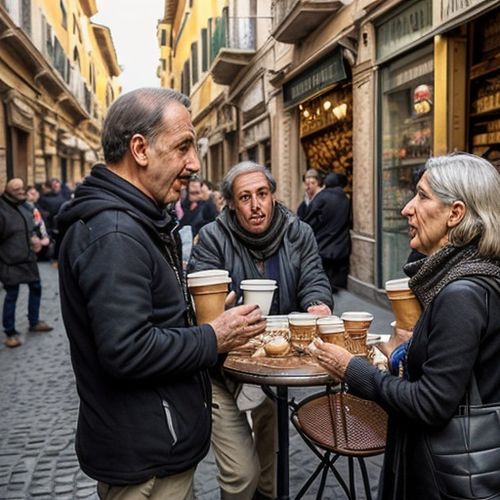
By Benjamin Evans/Apr 11, 2025
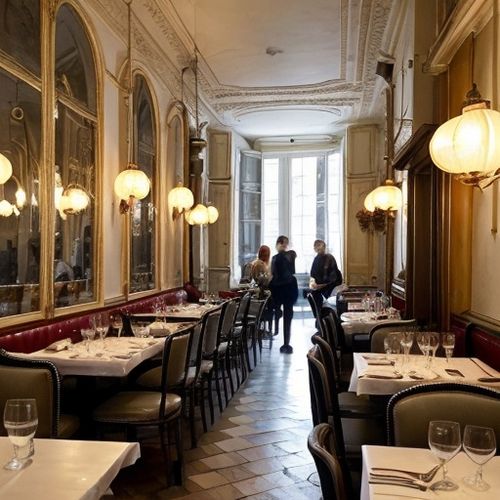
By Amanda Phillips/Apr 11, 2025
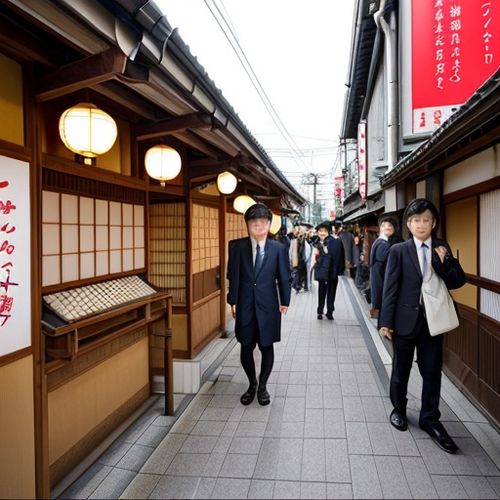
By Ryan Martin/Apr 11, 2025
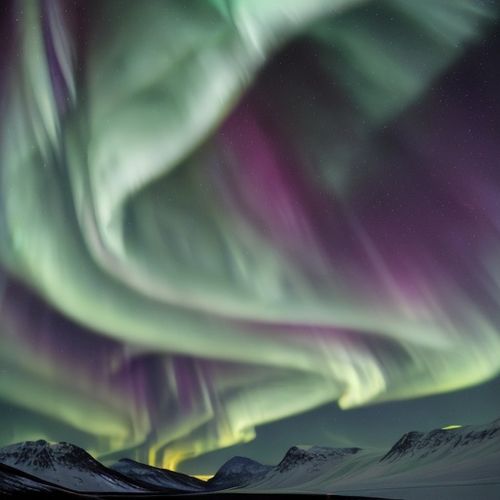
By Sophia Lewis/Apr 11, 2025

By Samuel Cooper/Apr 11, 2025
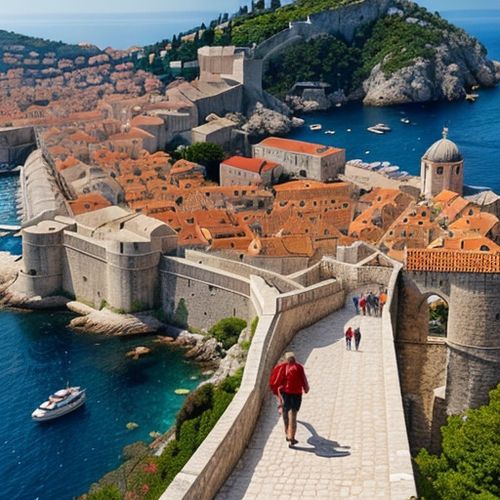
By Laura Wilson/Apr 11, 2025
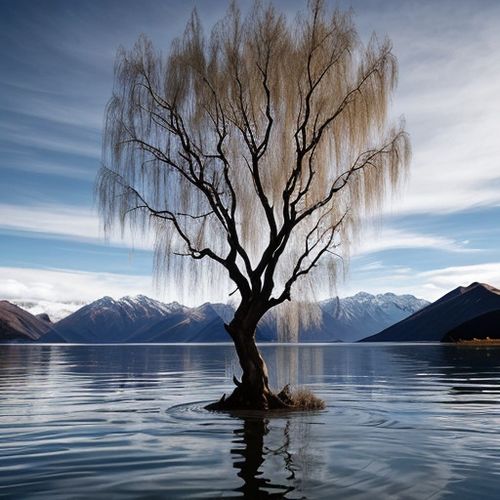
By Eric Ward/Apr 11, 2025
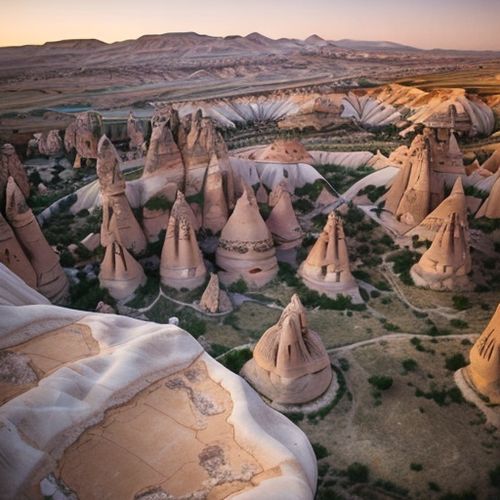
By Samuel Cooper/Apr 11, 2025
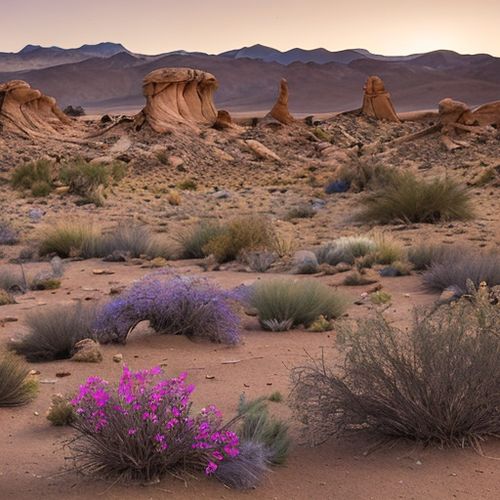
By Thomas Roberts/Apr 11, 2025
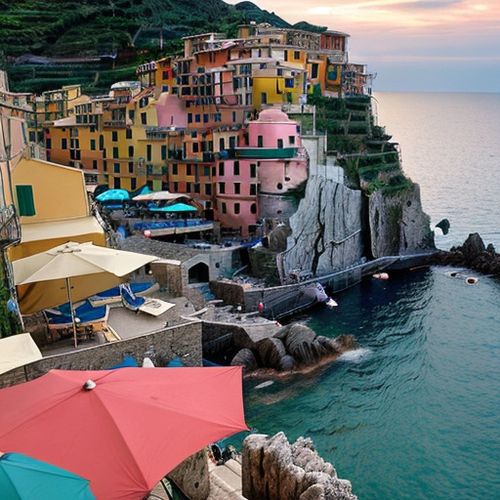
By William Miller/Apr 11, 2025
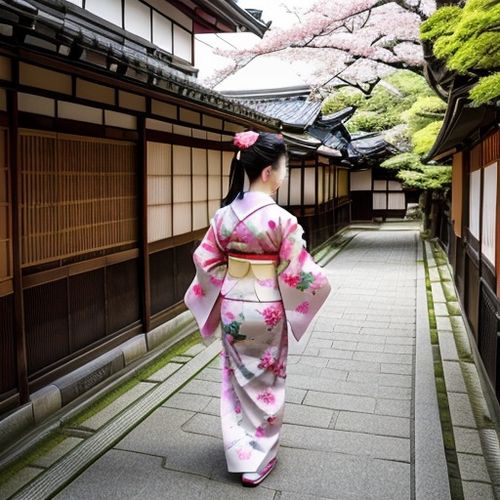
By Megan Clark/Apr 11, 2025
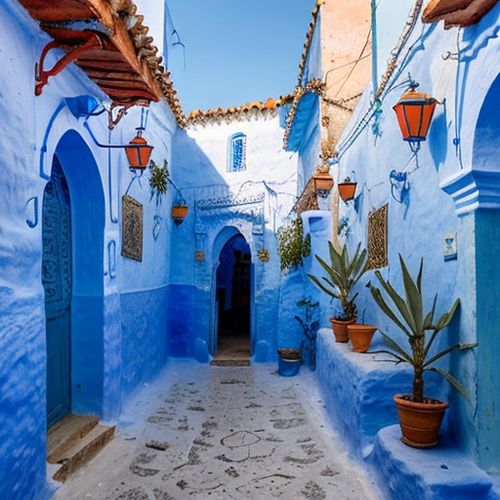
By Michael Brown/Apr 11, 2025
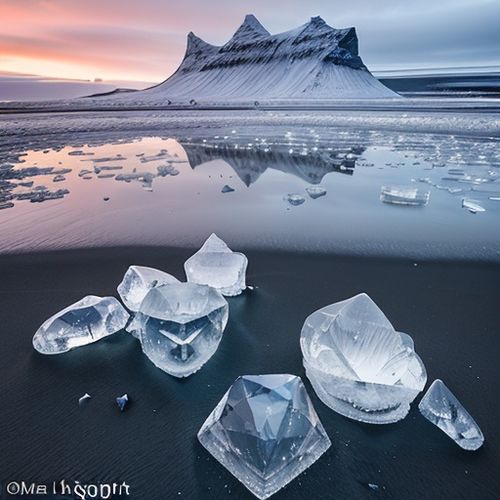
By Sarah Davis/Apr 11, 2025
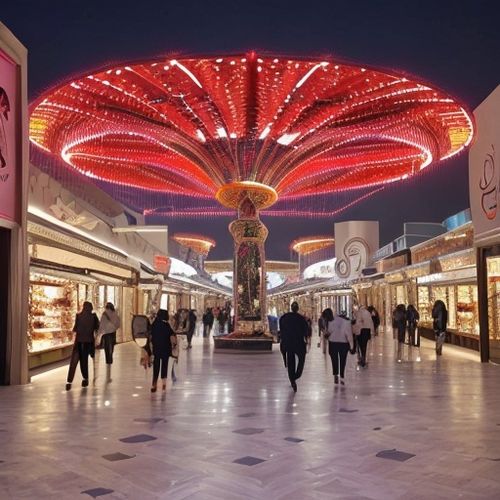
By Noah Bell/Apr 11, 2025
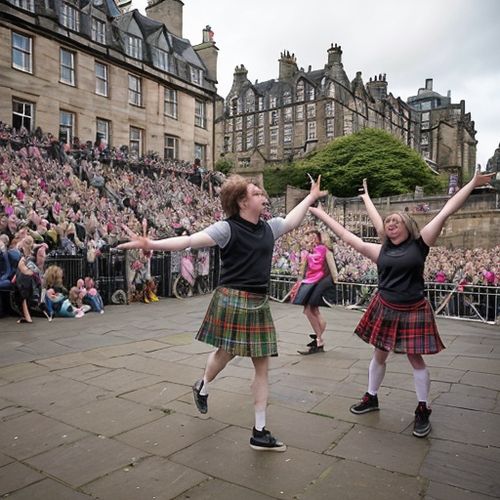
By Sophia Lewis/Apr 11, 2025
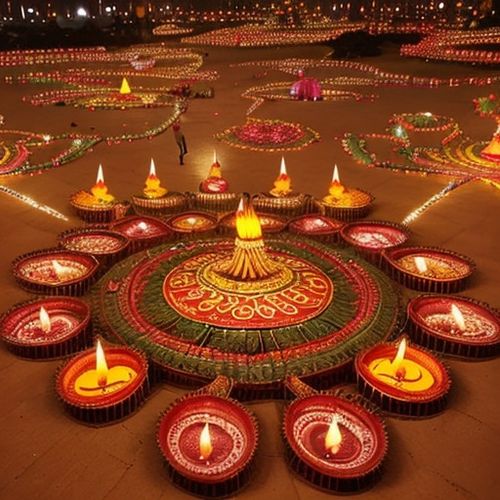
By Daniel Scott/Apr 11, 2025

By Samuel Cooper/Apr 11, 2025
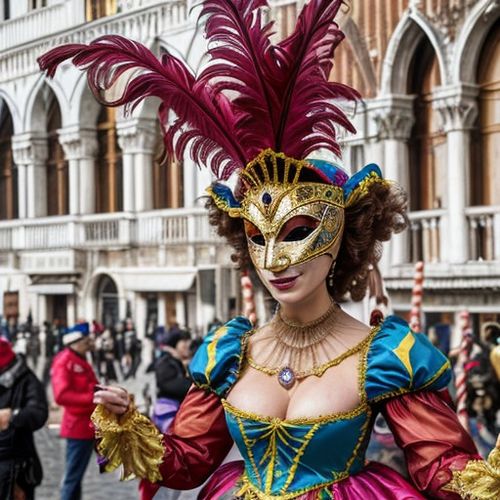
By Joshua Howard/Apr 11, 2025
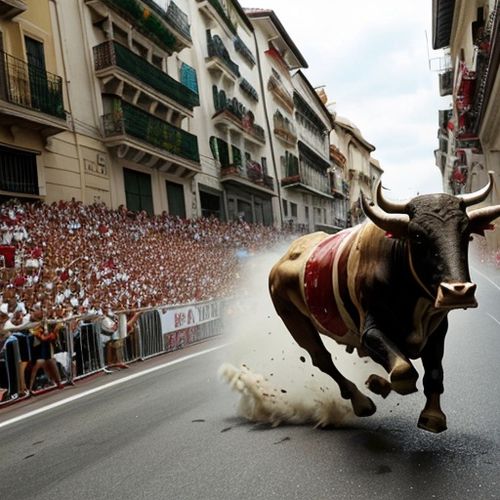
By Joshua Howard/Apr 11, 2025